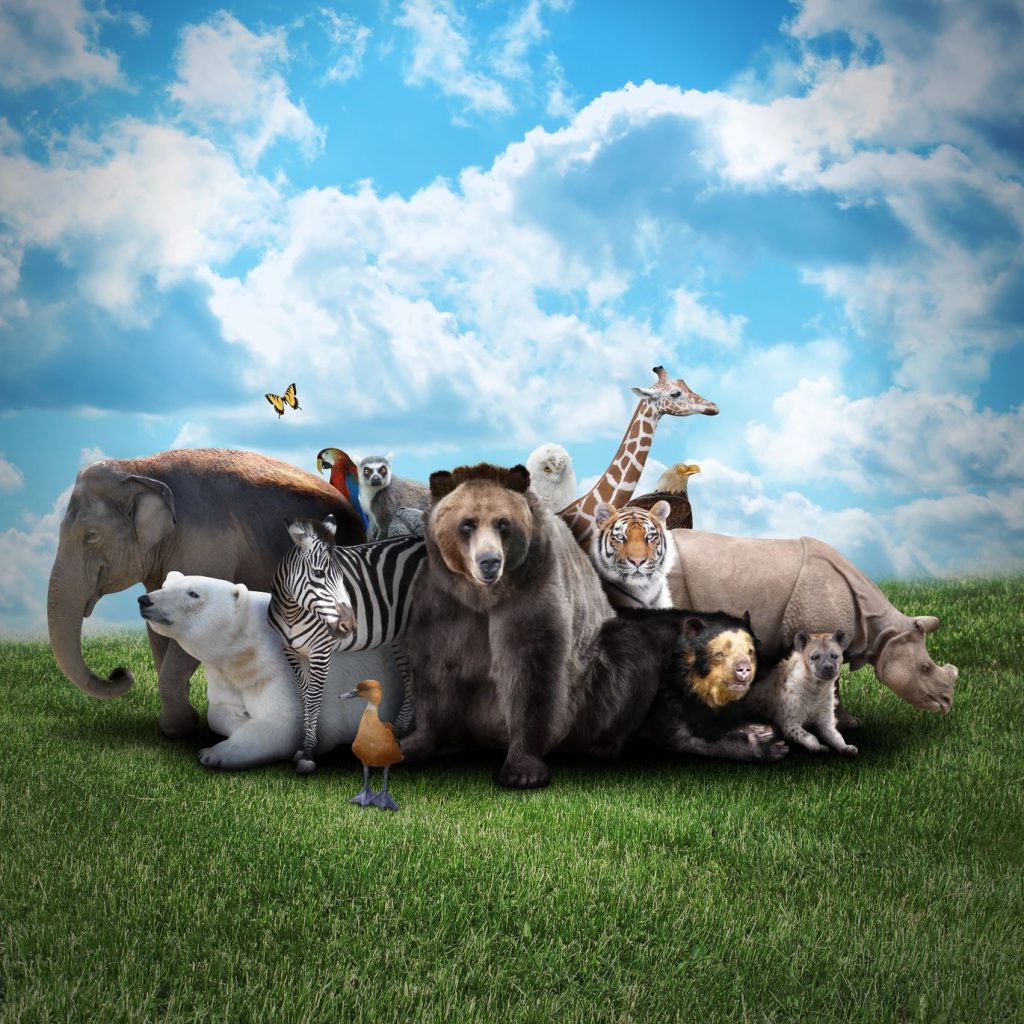If you haven’t had your cat since she was a kitten, her age may be a mystery. You know how long you’ve had the cat, but you may not know how old she was when you first fell in love. Fortunately, your cat can give you several hints about her true age in cat years.
Cat Age Stages
Cats that only live indoors live an average of 12-15 years. Because of the increased risk of disease, injury, predation, and vehicular trauma, those who have outdoor access or live entirely outdoors have shorter average lifespans of only 2-7 years.
Cats require different care at different stages of their lives, from food and nutrition to exercise and play, and even the frequency of veterinary visits. Cat life stages are classified into six categories:
Newborn Kitten
Kittens are completely reliant on their mothers for almost all of their needs until they are 4-6 weeks old. Kittens are usually weaned around the age of four weeks. The mom cat should be fed kitten food during this stage.
Kitten
The kitten stage begins when a kitten begins to eat and use a litter box. They are considered kittens until they are about 12 months old. Vaccinations are required for kittens until they are at least 16 weeks old. They should be fed kitten food for at least the first 6 months of their lives, or until spayed or neutered, whichever comes first. Kitten food is specifically designed to promote healthy growth and development. Kittens require a lot of interaction and play time.
Young Adult
Cats are in their young adult stage when they are 1-4 years old. This is their peak performance. They are active and energetic, retaining many kitten characteristics but with fewer destructive tendencies.
Mature Adult Cat
Cats are considered mature adults when they reach the age of four and remain so until they reach the age of ten. As cats’ activity level decreases, weight management is likely to become more important. Mature adult cats should have their blood work evaluated annually, along with a physical exam and any necessary vaccines.
Senior Cat
A cat’s senior years are between the ages of 10-15. Cats at this age should be fed a senior diet and should see their veterinarian every six months for check-ups. Their annual blood work should include blood pressure and urine tests. Senior cats may need extra care at home, such as heated bedding in the winter and low-sided litter boxes.
Geriatric Cat

Cats who live for more than 15 years enter the geriatric stage of their lives. Geriatric cats move slowly and spend the majority of the day sleeping. They may require assistance with grooming.
How To Tell Your Cats Age
Cats age at different rates depending on their life stage. Cats age quickly in their early years. The first six months of a cat’s life are roughly equivalent to ten human years. Your cat is now a human teenager at one year of age, and by two years, cats are approximately 24 years old in human years.
After the age of two years, each year of a cat’s life is roughly equal to four human years. This cat age calculator can help you determine your cat’s age in human years.
Weight
A cat’s age can be estimated by his or her weight until about 5 months old. Kittens gain about 1 pound per month, so their weight corresponds to their months of age. A 4-pound cat, for example, would be about 4 months old.
Adult Teeth
The teeth of a cat can reveal important information about their true age. Kittens start growing adult teeth at 3 months, adult canines appear at 6 months, and they have all of their adult teeth by 8 months.
Teeth Staining, Plaque, and Tartar
Cats’ teeth typically begin to stain between the ages of 2 and 3 years. By 3 years of age, even cats with very healthy, clean teeth will have a stain line down the middle of their canines. The older the cat, the more staining to other teeth.
Cats develop plaque and tartar as they age, usually beginning with the large upper premolars in the very back of their mouth. Tartar will appear around the age of 2 to 3 years old and will grow over time. Unless their teeth are cleaned by a veterinarian, older cats tend to have more tartar. Gingivitis (gum disease) is not a reliable predictor of age because some cats develop severe gingivitis at a young age.
Eye Changes

Eyes can be used to estimate age. Lenticular sclerosis (nuclear sclerosis) is a normal aging process. Around the age of ten, the lens of the eye begins to have a blueish, hazy appearance.
Iris atrophy is a normal aging change in cats found in many seniors over the age of ten. If you look closely at the inner edge of a senior cat’s iris (the colored part), you will notice that it is not completely smooth but rather has a slightly feathered appearance. Iris atrophy has no effect on your cat’s vision, but it may make her more sensitive to bright light because she can’t constrict her pupil as much.
Coat Color
Just as humans age and dogs develop gray muzzles, the skin and coat of a cat can reveal its age. Cats do not get gray muzzles like dogs do, but their vibrant colors may fade with age. This is particularly true for extremely dark colors. Cats that go outside may experience changes in coat color at a young age due to sun damage. True coat color changes may indicate a hormonal problem that should be addressed by a veterinarian.
Skin and Coat Health
Senior and geriatric cats may no longer groom themselves properly, resulting in dull, greasy, or matted fur. Importantly, overweight cats may not be able to clean all parts of their bodies, resulting in the appearance of a geriatric cat earlier in life. Furthermore, geriatric cats, like geriatric humans, have very thin papery skin.
Movement
Cats are very agile through at least their mature adult stage. After that, you may notice your cat is less likely to jump onto the highest counters or accomplish the acrobatic feats of their youth. Senior and geriatric cats may even have difficulty stepping over high-edged litter boxes and may be slow to rise in the morning, which could indicate arthritis.
Cat Age and Health

Even the most educated guess is only an estimate unless you know when your cat was born. However, health is more important than chronological age, so the more you do to keep your cat healthy, the more years she will have.
Never assume that a change in your cat is the result of “old age.” “Age is not a disease,” as veterinarians say. Your cat should not have to feel anything less than her best because she is getting older. If you notice a change, you should have your cat examined by a veterinarian. There may be simple solutions or management strategies that will allow your cat to enjoy her golden years, regardless of her true age.

